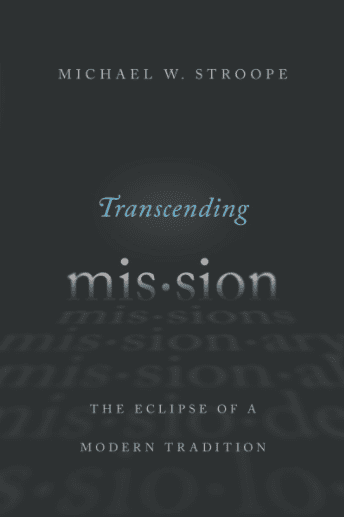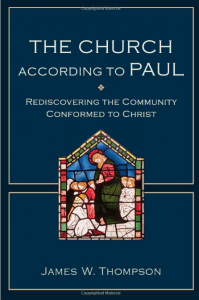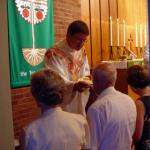“A Missional Community is a group of twenty to fifty people who have united, in the name of Jesus, around a common service and witness to a particular context.” So Mike Breen and Alex Absalom in their new book, Launching Missional Communities: A Field Guide (p. 124).
 Which means this: trying to transform “small groups” of 6-12 into missional groups is not the best way to go. It sometimes works but not often and not well. Nor is a Missional Community a “church” but part of a church. It is accountable to the church but has its own leadership team with its own distinct locally-shaped missional vision. It multiplies into more Missional Communities.
Which means this: trying to transform “small groups” of 6-12 into missional groups is not the best way to go. It sometimes works but not often and not well. Nor is a Missional Community a “church” but part of a church. It is accountable to the church but has its own leadership team with its own distinct locally-shaped missional vision. It multiplies into more Missional Communities.
This will be the future for many Christians in the West. In fact, it already is that future — and Breen and Absalom have an abundance of illustrations of churches that are forming Missional Communities.
Have you begun to focus on “missional”? What have you learned? Have you tried to guide small groups into becoming missional small groups? Has it worked? Do we have any stories of fostering a missional approach in your church?
Pastors today — and I get letters about this — want more than a theology of mission or a missional theology, though they want that too. What they are asking for is a handbook, a field guide, about missional community formation. And they want a field guide from someone who has done it (not just talked about it or written about it) and who has done it long enough to have wisdom about it, and done it well enough to be able to teach it in ways that are both adaptable to a local context but theological enough to be sustainable. This is that book. And the publishers are to be thanked for making it look like and feel like a Field Guide. This is a one-of-a-kind book that will be the standard for all those wanting to form missional communities.
Breen and Absalom use a set of lines to focus things: Up (relation to God), In (relation to one another), and Out (relation to others).
Topics in the book include: key concepts like defining missional, community, attractional vs. missional, leaderhsp and discipleship leading to mission; there is a “launch guide” in the book. Part 4 in the book is about “Missional Community Life” and it explores a monthly calendar, health check, leading MC leaders. And Part 5 has five case studies of churches forming Missional Communities.
I am not overstating by saying Launching Missional Communities: A Field Guide could be the foundation for an entirely new kind of “seminary” program. I’m not sure it can be done in a seminary since this book is designed for those who are actually forming Missional Communities in the context of a church, but this could be a powerful textbook and template for seminaries to use to retool what they are doing in training students to become (missional community-forming) pastors and leaders. The book could revolutionize a seminary curriculum by giving a missional focus. Not just a missional theology but a missional pragmatics that can shape what happens in preparing students to become pastors.















